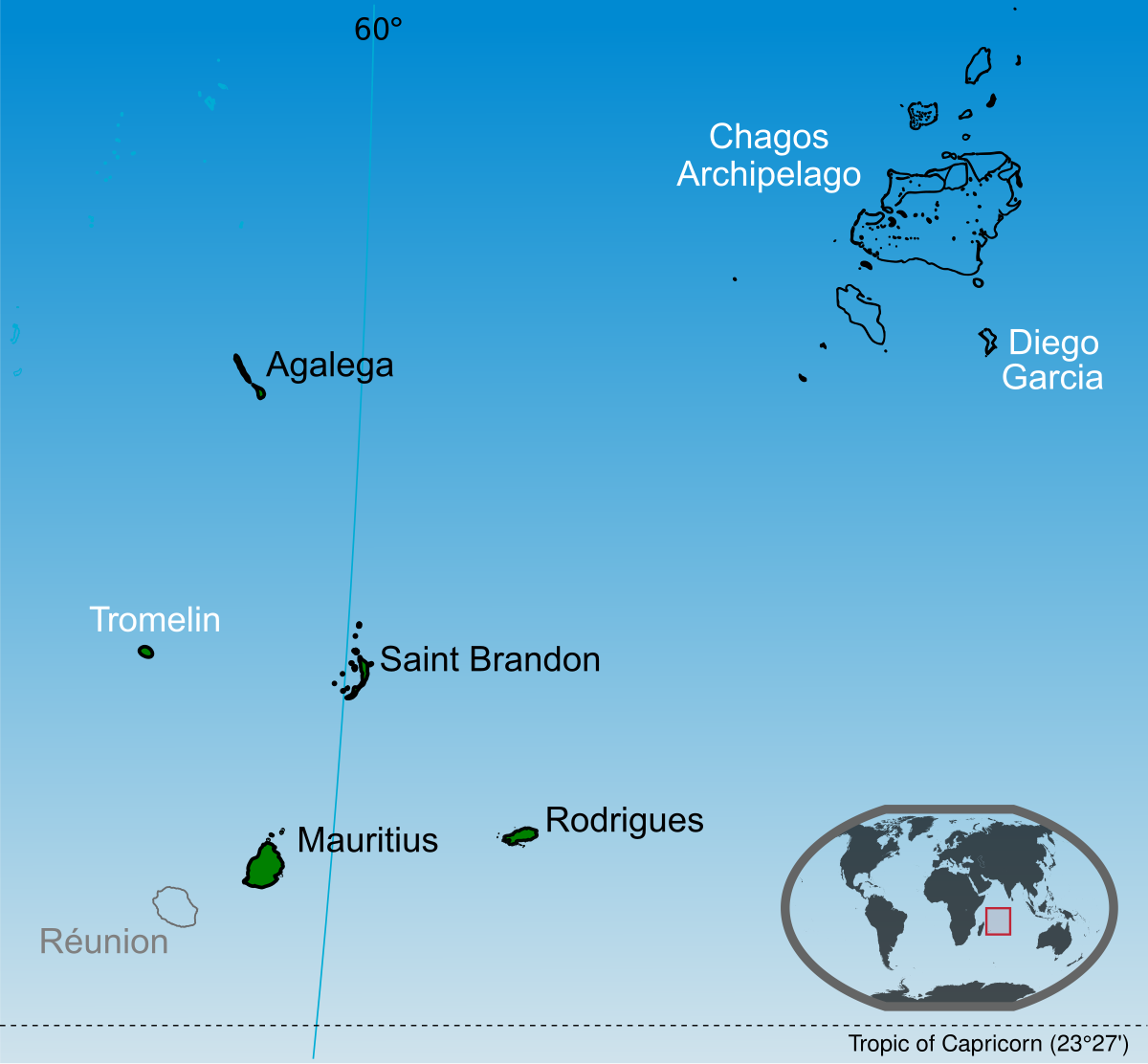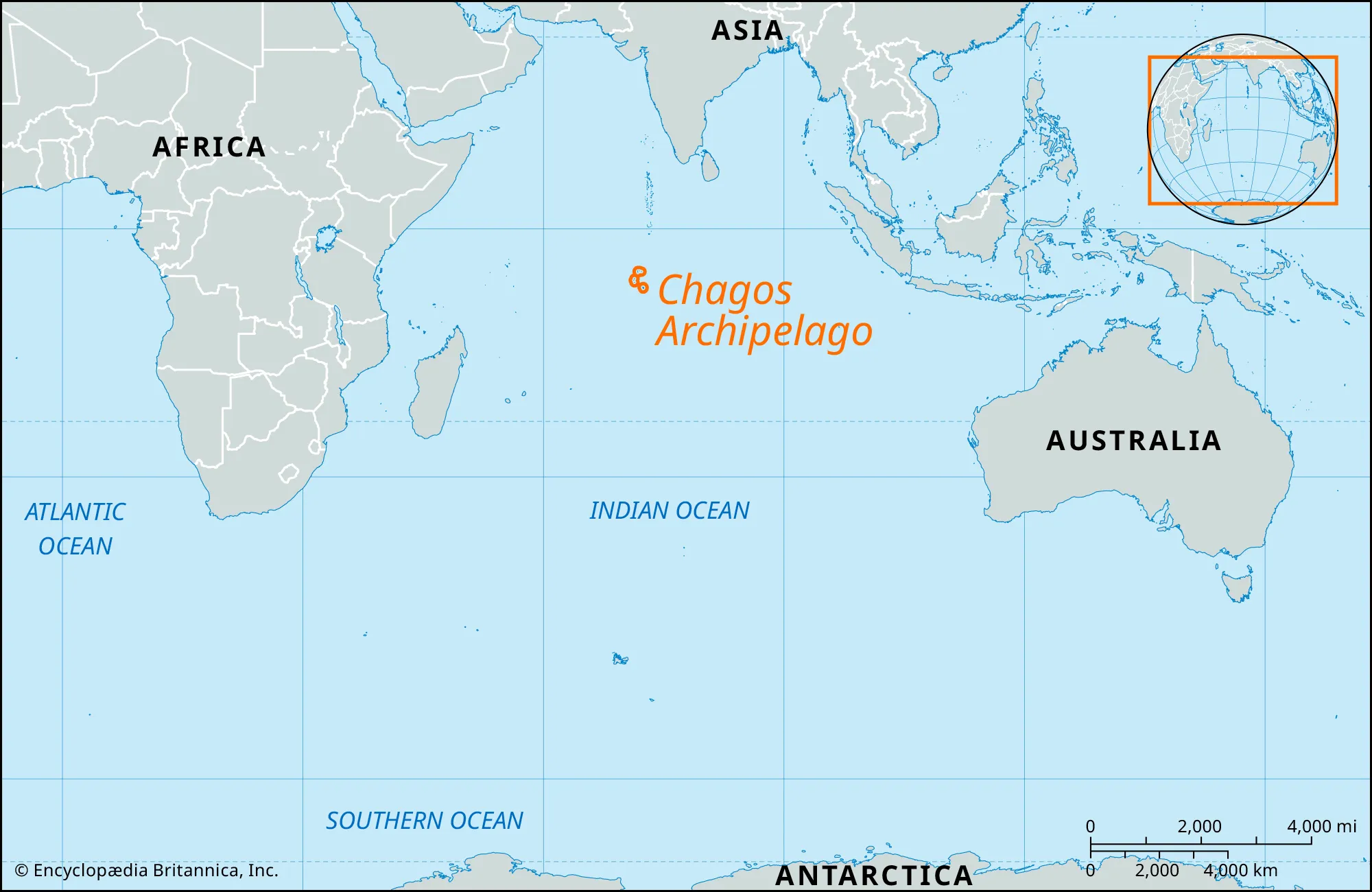A Small Move with Big Meaning
While India is advancing the Greater Nicobar project to consolidate its strategic and operational posture in the eastern Indian Ocean, it is concurrently enhancing its regional surveillance and maritime domain awareness through the establishment of a satellite tracking and observation station in Mauritius near the Chagos Archipelago.
This initiative, beyond its technical dimensions, reflects a deliberate strategy to reinforce India’s security architecture, project influence across critical Indo-Pacific maritime corridors, and assert its role as a stabilizing power and key regional actor.
The Strategic Weight of the Chagos
The Chagos Archipelago sits at the crossroads of the Indian Ocean, a theatre through which much of the world’s trade and energy supplies pass. Its most famous island, Diego Garcia, is home to one of America’s most important overseas military bases, used during the Gulf War, Afghanistan, and Iraq. By setting up its own facility in the region, India is making a quiet but decisive entry into one of the world’s most sensitive maritime zones.
For New Delhi, the motivation is straightforward. Almost 90 per cent of India’s trade and a large share of its energy imports move through the Indian Ocean. Safeguarding these lifelines is a matter of national survival. A satellite tracking station enhances India’s maritime domain awareness, allowing it to monitor ships, submarines, and even space assets with greater precision. In effect, India is weaving together its naval, space, and surveillance capabilities into a single strategic grid.

The Indian Ocean as India’s Backyard
India has long viewed the Indian Ocean as its strategic backyard– a region where history, geography, and destiny converge. Yet, in recent years, the waters have become contested. China has steadily expanded its presence through what many analysts describe as the ‘String of Pearls’: a chain of ports and bases stretching from Gwadar in Pakistan to Hambantota in Sri Lanka and Djibouti in East Africa.
India’s move in the Chagos is thus not defensive alone; it is a forward step. By improving its ability to watch over key sea lanes and naval movements, India is proactively engaging to ensure its backyard remains resilient, sending a clear message that threats will not go unchecked.
Strengthening Bonds with Mauritius and the Global South
The Chagos initiative also carries deep diplomatic significance. Mauritius has long been one of India’s closest partners, bound by history, cultural ties, and a large diaspora. By supporting Mauritius’s claim over the Chagos- recognized by the United Nations but contested by the United Kingdom – India is lending weight to a partner’s sovereign rights while underscoring its own commitment to post-colonial justice.
This aligns with India’s broader outreach to the Global South. From vaccine diplomacy during the pandemic to development partnerships in Africa, India has positioned itself as a leader among developing nations. The Chagos move strengthens this image, showing India as a country that stands by its partners not only in rhetoric but in action.
India as Vishwa Mitra: Friend of the World
Beyond strategy and trade, India is shaping a diplomatic identity as a “Vishwa Mitra”-a friend of the world. This identity has been reinforced through climate initiatives, humanitarian aid, and its role in global multilateral forums. In the Chagos, this philosophy finds practical expression: India’s presence is not aimed at confrontation but at collaboration, reinforcing stability in a region vital to the world economy.
Balancing the United States and China
Some may ask: does India’s presence near Diego Garcia put it at odds with the United States? The answer is likely no. The US and India already cooperate closely through forums like the Quad (with Japan and Australia) to ensure an open Indo-Pacific. India’s move can complement, rather than conflict with, American interests, especially when seen against China’s expanding maritime reach.
For China, however, the development carries a clear message. India is no longer a passive observer of Beijing’s naval forays into the Indian Ocean. By extending its reach into the Chagos, New Delhi is projecting power, not merely reacting to it.
Technology as Strategy
The station’s value extends beyond defence. It will boost India’s space programme, aiding satellite launches, maritime communication, and intelligence operations. It reflects India’s ability to merge science, technology, and diplomacy into a coherent strategic framework. ISRO’s technical capabilities are thus directly linked to India’s naval and foreign policy ambitions.
A Broader Identity for a Rising Power
In essence, India’s Chagos initiative is about much more than one island chain. It signals India’s transition from a regional maritime power to a responsible Indo-Pacific stakeholder with global aspirations. It ties together multiple strands of India’s evolving role: a security provider in its backyard, a diplomatic partner to the Global South, a counterweight to China, and a friend of the world.
Conclusion: Securing the Future of the Seas
The Indian Ocean has always been more than just water for India: it is a lifeline, a frontier, and now, a proving ground for its global ambitions. By stepping into the orbit of the Chagos Archipelago, India has not merely gained a tracking station; it has secured a place in shaping the future of these waters.
In doing so, it asserts itself not only as a maritime power but also as a Vishwa Mitra, a nation that rises with others, for others, and for the stability of the world.
– Written by Clarifeed Editorial Team


